“I find the process before the photo exciting – learning about the subject, failing to get the shot, and finally being rewarded.” Dani Connor talks about her journey in wildlife photography, from family pets to Iberian lynx
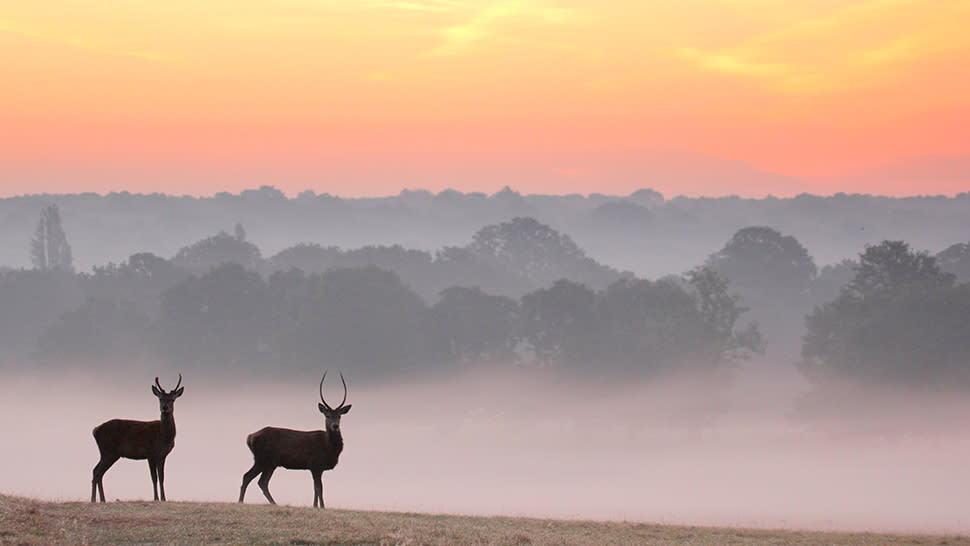
Wildlife photography is one of the most rewarding experiences it’s possible to have with a camera, and with young photographers like Dani Connor coming to wider attention, the future of the genre is in good hands. Starting out with portraits of the family dog and going on to make a name for herself via her video diaries on social media, Connor is currently turning her lens on a variety of different mammals in the UK and further afield.
How did you commence your photographic journey?
I started taking photos over 12 years ago. I wanted to photograph our family dog, Ashley, in a woodland environment. My dad had a decent camera so I borrowed that and spent my afternoons after school in my local woods. I soon got some nice photos of Ashley and slowly started to notice the wildlife around me. My first few shots were of insects and pond ducks.
In my first few months of photography, I entered a couple of competitions and by the end of the summer, I had won the Young Marwell Photographer of the Year. The prize money allowed me to buy my first camera, a Canon EOS 550D, and after that, I spent all my free time photographing wildlife.
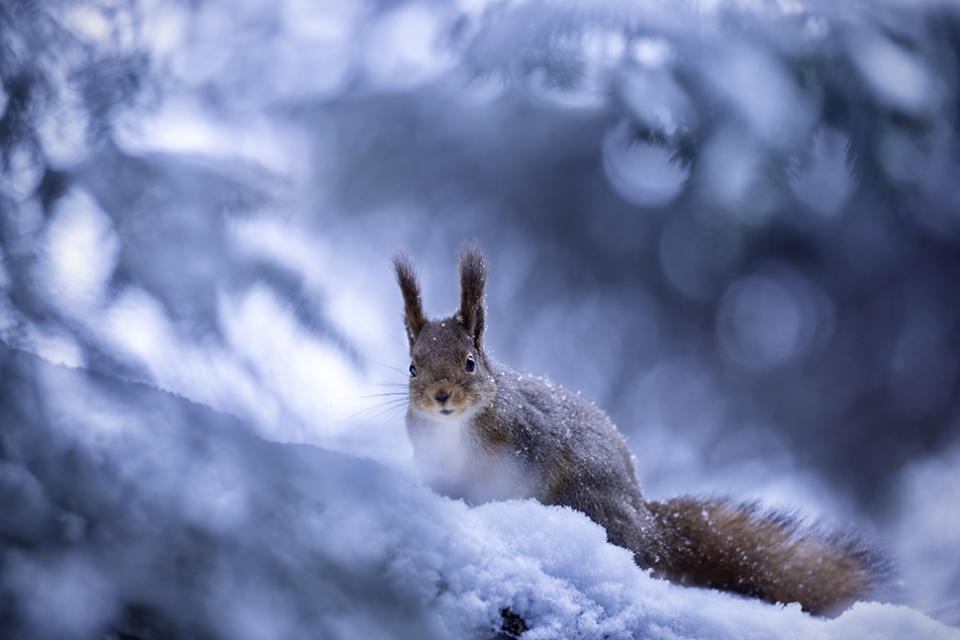
What first attracted you to wildlife photography?
Although I am best-known for photographing red squirrels, I actually enjoy taking images of all types of wildlife. I find the process before the photo exciting – doing the research and learning about the subject, failing to get the shot and attempting over and over again, and finally being rewarded with your early shots. Over time, your photos will greatly improve as you learn through observation and trial and error. This is very much how photographing the red squirrels went for me, but the same can apply to any species that you choose to focus your time on.
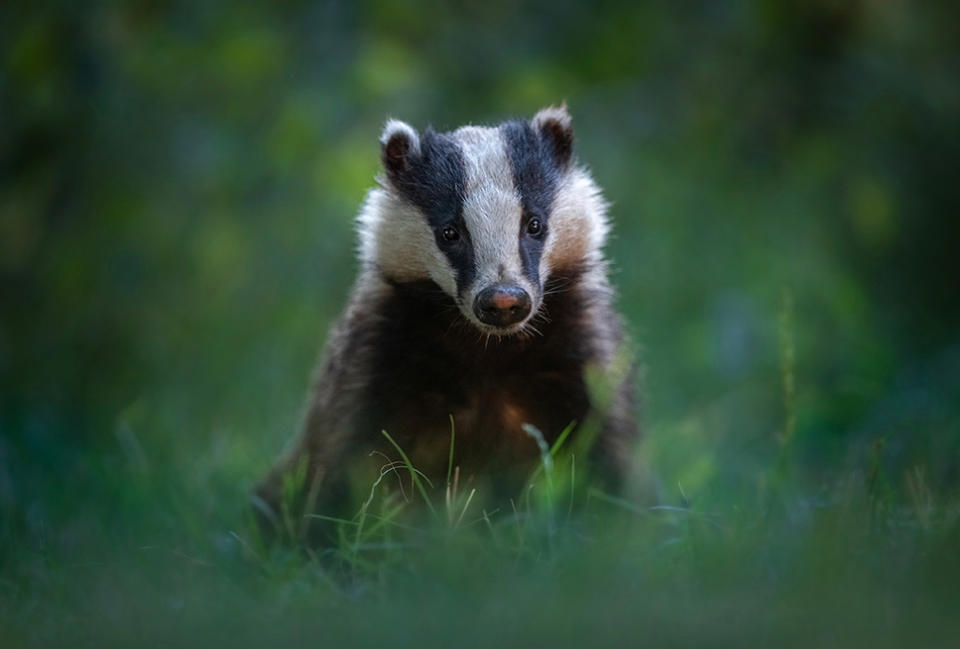
Who has inspired your photographic life so far?
I was inspired by the Wildlife Photographer of the Year exhibition. I would look over the winning photos for hours. I worked out how the shots were taken from the EXIF data and description. Some shots are especially creative and so unique, that definitely pushed me in my creativity with color, light and composition.
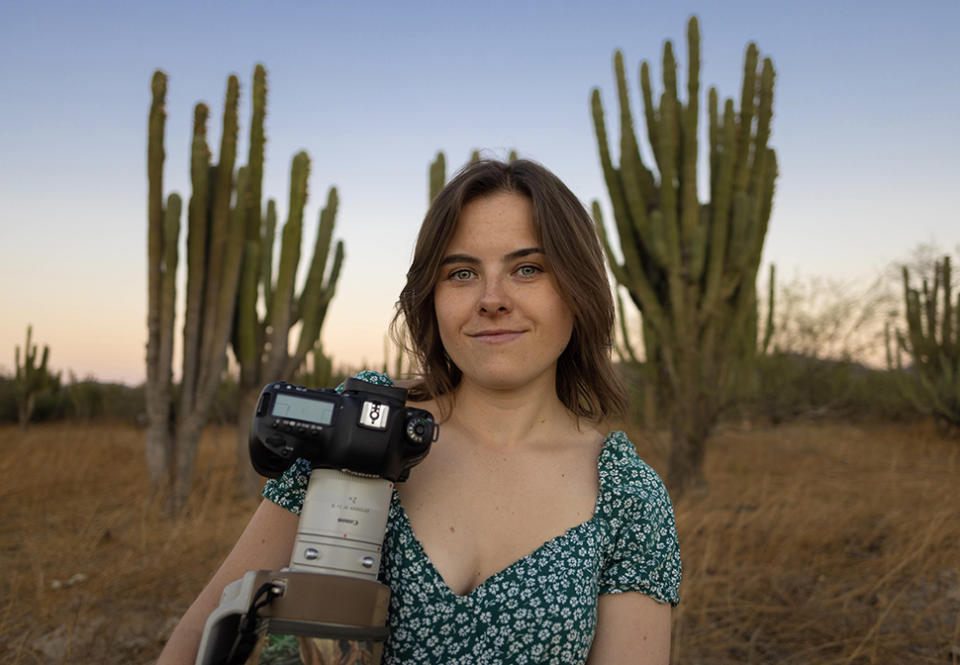
How did you learn to get better at photography – was there a particular tutor or did you learn from magazines and websites?
I am a self-taught photographer. I learned from YouTube tutorials, trial and error, and from photography buddies. I am still constantly learning, but now it’s less about photography and more about field skills, video and editing techniques.
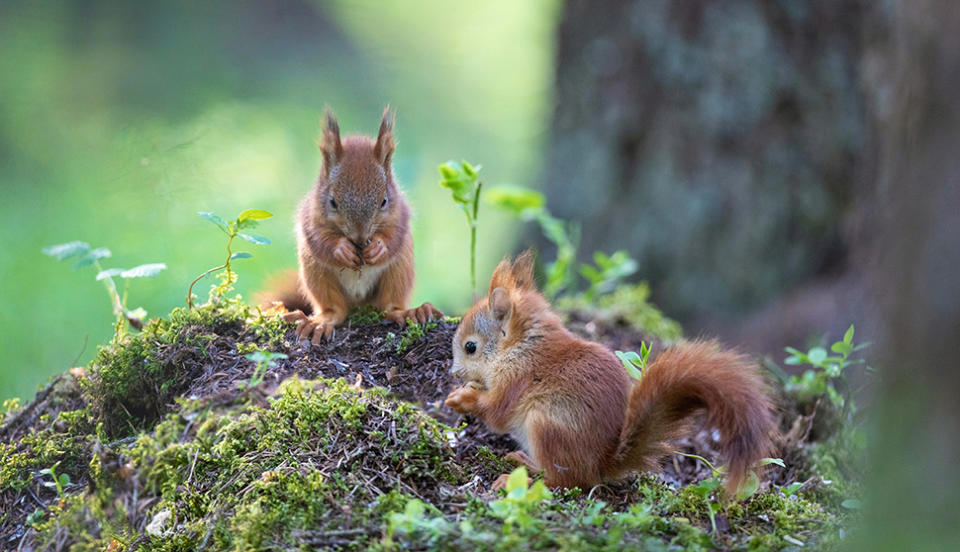
What was the big break that took your photography and your career to the next level?
When I was in Sweden two years ago, I found four baby squirrels that had become orphans after their mother had been hit by a car. I started to care for them by providing food in the forest and I put my microphone in front of one to record the adorable squeaking sounds they make when they eat.
I posted a 16-second video clip on Twitter. I immediately knew something was happening as I could see the views were ticking along. By the next day, it had reached 15 million views on Twitter, and I had gained 60,000 followers across all platforms.
Can you tell us about your experiences photographing the elusive Iberian lynx?
Photographing the lynx wasn’t easy. Although I had a guide with me who was an expert on the Iberian lynx, they could have been anywhere. They have large home ranges and move great distances to maintain their territory, so it was simply a matter of luck whether or not a lynx would appear in front of us. Iberian lynx aren’t really bothered by people, so if you’re in the right place at the right time, a lynx could walk past you and probably not even look at you. Although luck plays a big part, my guide understood the territory sizes of individual lynx, so he knew the best areas to find them.
However, in the end, it was luck that got me my dream lynx shot. I was in the hide waiting for a bird of prey when the buzzards in the area suddenly became upset. I assumed an eagle was on its way so I kept my eyes focused on the sky. Thankfully, I looked down at the ground and suddenly a lynx appeared.
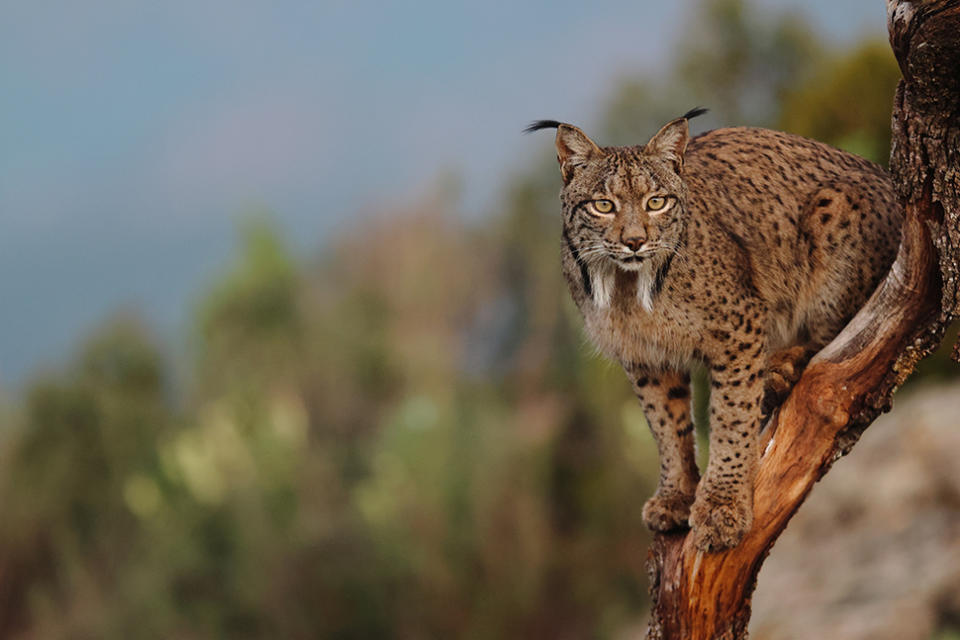
What was your first camera?
The first ‘proper’ camera I used was my dad’s Pentax DSLR. I can’t remember the model now but I remember it had 12 megapixels. Using a DSLR for the first time was like opening up a whole new world. Before that, I had only used a pocket-sized point-and-shoot camera.
What was the first DSLR you bought?
I bought a Canon EOS 550D in 2012, after a year spent using my dad’s camera, and I really got the photography bug. A couple of years later – after many evenings spent babysitting – I had saved up to buy a EF 100-400mm. My photography skills went up another level and I became obsessed with it. I would spend all my free time photographing wildlife and nagging my dad to drive me to Richmond Park in London to photograph the red deer rutting.
Why did you choose that model in particular?
Growing up, I was familiar with the Canon name. The point-and-shoot I got for my birthday was a Canon and we had Canon printers, so I felt I could trust the brand. Buying the EOS 550D was the first expensive thing I’d saved up for in my life and I didn’t want something to go wrong, so I chose Canon. I still have that model and it works like new, so I think I made the right decision.
You now use the EOS R5 mirrorless. What encouraged you to switch to that system?
I had seen some reviews about the Canon R5 and was fascinated by the animal eye-tracking. I watched a video about photographing a dog running towards the photographer and I was amazed that almost every shot was pin sharp on the eyes. I bought one almost immediately, but I was quite frustrated to start with. There were so many options and possibilities that I didn’t know where to start.
I immediately went out shooting, but I really should have taken time to learn how to use a mirrorless. Two years on, I am converted – I find mirrorless fits my photo and video needs far better than a DSLR. I don’t think I’d go back now.
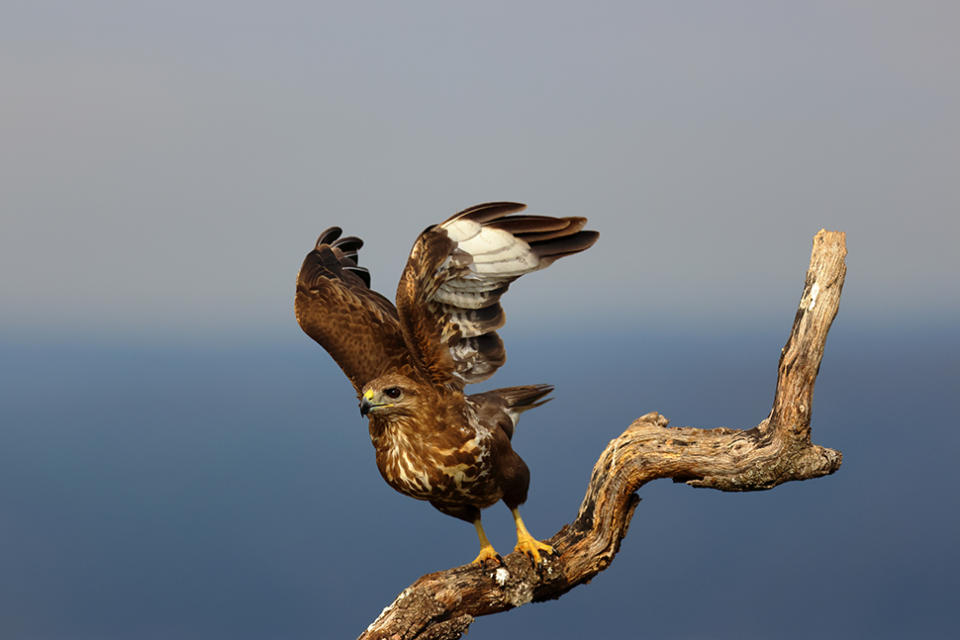
Which camera features do you use for wildlife?
On the Canon R7, I especially like the Raw Burst Mode. This feature allows you to half-press your shutter and start taking photos. The camera will only save the photos onto the card once you fully press the shutter. Multiple full raw files will be saved and you can decide which photo you like the most. This is particularly useful when you know an animal might do something but you cannot predict exactly when, such as a bird taking off from a branch, for example. This feature allows you to shoot the entire sequence and not miss a moment.
What do you particularly like about the APS-C EOS R7 camera?
It’s been a long time since I shot with an APS-C sensor and I enjoyed it! The 1.6x crop factor means if I’m shooting with my 300mm lens, the R7 produces an equivalent of 480mm. The extra reach was really nice. I also loved how light and stable the camera was, perfect for traveling and on-the-go shooting.
Which lenses do you use?
My favorite lens is my Canon EF 300mm f/2.8L IS II USM super-telephoto prime. I have had it for three years now and it is my go-to wildlife lens. And I absolutely love shooting at f/2.8, which is particularly useful in poorly lit environments such as deep woodland. I use my EF 300mm f/2.8L on the EOS
R7 and R5 via a Mount Adapter EF-EOS R.
Do you use zoom lenses as well?
On my trip to Spain to shoot the Iberian lynx, I also shot with the RF 100-500mm f/4.5-7.1L IS USM lens, and it made me fall in love with zoom lenses all over again. It’s really easy to be adaptable with a zoom. You can zoom out and get more context with your environment or you can zoom in and get a tight portrait shot of the wildlife in the distance.
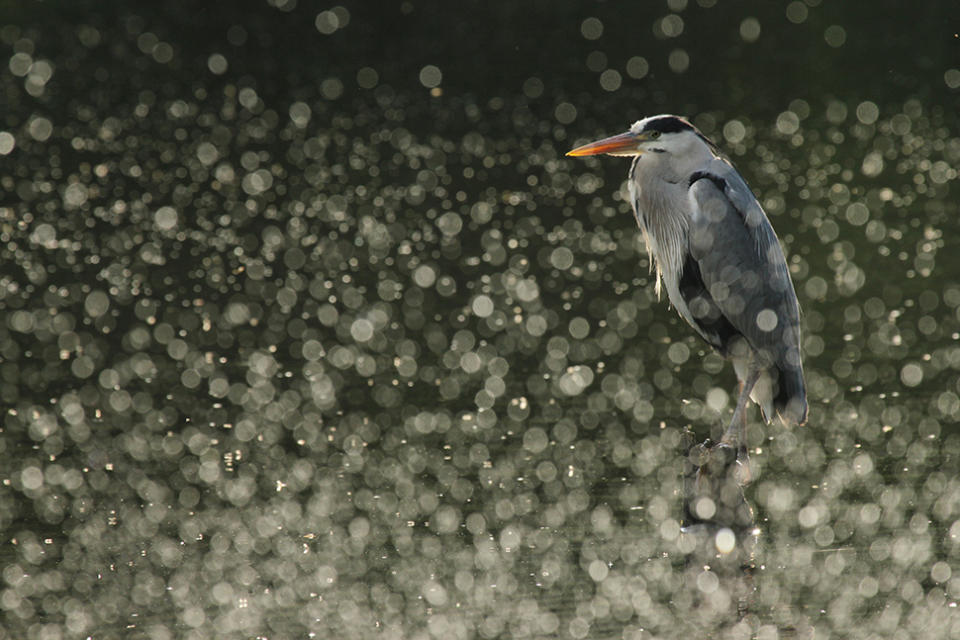
How do you choose your subjects and locations?
Where I choose to shoot is, of course, very much dependent upon my target subject. I usually have a list of a few locations in mind and then I choose a specific location based on whether I can stay there for several weeks. When I’m shooting wildlife, I prefer to spend some time getting to know my location and subject beforehand – I like to spend at least a month at a location as it helps me get a feel for the place.
Where, what and which animals are you most excited to photograph next?
I like to focus on mammals – I find them most interesting and I believe that after many years of photographing my dog and other wild mammals closely, I am able to pick up behaviors easily. This allows me to predict what a mammal might do. It’s also useful for approaching wildlife without causing a disturbance.
I constantly watch how my subject is behaving. For example, yawning is a good indicator that your subject is calm, but a mammal that is looking around is probably nervous and looking for potential escape routes. Now that I’ve photographed my first cat this year, the Iberian lynx, I’d like to photograph other big mammals, particularly in the dog group – wild dogs would be the dream!
Do you have any technical tips or advice for our readers who want to improve their photos?
Know your kit. It’s not a new tip but being comfortable with your equipment is so important. I made the mistake of going out with my R5 before I had tested the settings – there were spider monkeys right in front of me and I didn’t know how to set my camera up.
My second tip is to make photography buddies. When I started taking photos, I created a Facebook group called ‘Young Wildlife Photographers UK’ to organize meet-ups. I learned a lot from them and it boosted my confidence to go outside and take photos.
Read more:

